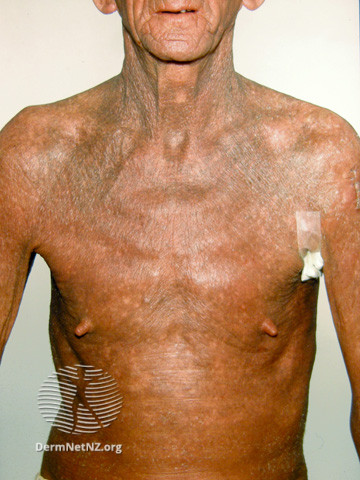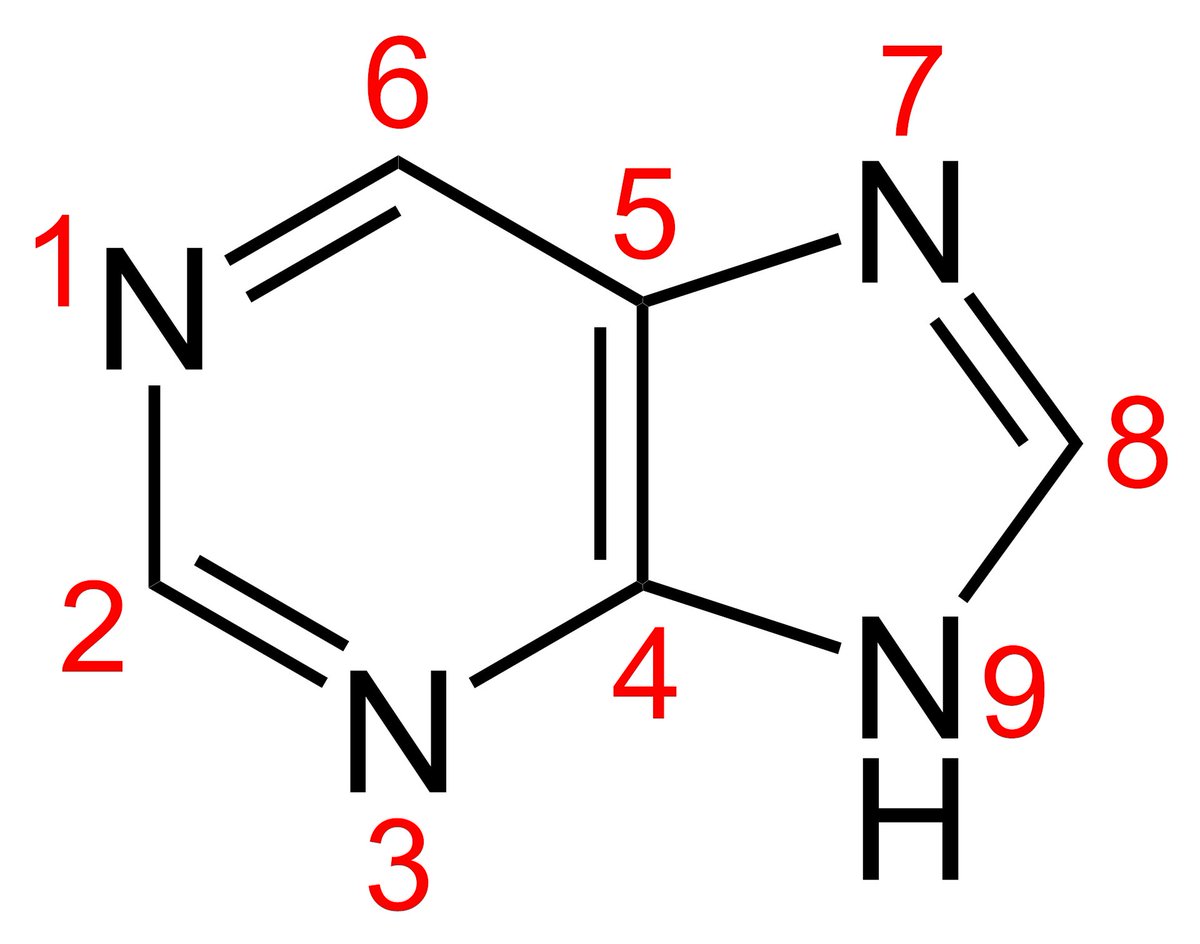It's overdue. Time for a #dermtwitter #tweetorial on...
SEZARY SYNDROME!
We're going to focus on presentation and work up!
#sezary #ctcl #medtwitter #onctwitter #meded #FOAMEd
1/

SEZARY SYNDROME!
We're going to focus on presentation and work up!
#sezary #ctcl #medtwitter #onctwitter #meded #FOAMEd
1/


Just a few years ago, Sezary Syndrome (SS) was thought to be the leukemic variant of Mycosis Fungoides (MF). We basically thought people had MF, it would keep getting worse, and then it would turn into SS.
Check out my old #tweetorial on MF here👇
2/
Check out my old #tweetorial on MF here👇
2/
https://twitter.com/DrStevenTChen/status/1147926420468846592?s=20&t=97wFnOJX-F61l5EYZ1IoOQ
But patients often present with either the classic SS exam (red all over, super itchy), or with MF. Some patients would progress from MF--> SS, but it's the minority. So it became clear these are two different processes.
For that reason, we've changed how we think about it...
3/
For that reason, we've changed how we think about it...
3/
SS and MF, although both types of cutaneous T-cell Lymphoma (CTCL), one is thought to be a tumor of circulating memory T-cells (SS), and the other a tumor of resident memory T-cells in the skin (MF). This paper from 2010 outlines it well.
ashpublications.org/blood/article/…
4/
ashpublications.org/blood/article/…
4/
Okay, now that we've established how we think about SS, let's talk exam.
As I mentioned above, classically you see erythroderma (>90% BSA skin redness).
If someone has prolonged erythroderma, which one of the following would you NOT expect to see?
5/
As I mentioned above, classically you see erythroderma (>90% BSA skin redness).
If someone has prolonged erythroderma, which one of the following would you NOT expect to see?
5/
Correct answer: blistering! The point is that ectropion, keratoderma, lymphadenopathy, are all sequelae of prolonged inflammation of the skin, and NOT specific for SS.
Pruritus is usually debilitating in these patients and is a MAJOR problem for QOL.
6/
Pruritus is usually debilitating in these patients and is a MAJOR problem for QOL.
6/

So if you see someone with erythroderma, how might you work up for SS?
Which of the following tests might you send?
7/
Which of the following tests might you send?
7/
ALL OF THEM!
You might be skeptical about HTLV in all patients. That's fair, but Adult T-cell Leukemia and Lymphoma is a classic culprit for erythroderma too, so if the patient's history/ancestry are right, you might want to consider checking them!
8/
You might be skeptical about HTLV in all patients. That's fair, but Adult T-cell Leukemia and Lymphoma is a classic culprit for erythroderma too, so if the patient's history/ancestry are right, you might want to consider checking them!
8/
Re: skin biopsy- SS is notoriously hard to get on skin biopsy. You might see the classic CTCL findings (tagging of atypical lymphocytes at the DEJ, pautrier's microabscesses, epidermotropism), or it might just look reactive.
Imma let my #dermpath colleagues weigh in here too!
9/
Imma let my #dermpath colleagues weigh in here too!
9/

What REALLY helps is your blood work.
FIRST PEARL: If you're sending a flow, you MUST send a CBC/diff. You need it to calculate absolute values for your flow.
These are the requirements for diagnosing SS on flow:
10/
FIRST PEARL: If you're sending a flow, you MUST send a CBC/diff. You need it to calculate absolute values for your flow.
These are the requirements for diagnosing SS on flow:
10/

Remember SS preps? And you'd see if you had >1000 SS cells/uL?
Flow is just the more efficient way of doing that. We're identifying the SS immune phenotype & counting.
That means we care about the CD7- and CD26- subset of the CD4+ cells. But you need >1000/uL for the SS dx!
11/
Flow is just the more efficient way of doing that. We're identifying the SS immune phenotype & counting.
That means we care about the CD7- and CD26- subset of the CD4+ cells. But you need >1000/uL for the SS dx!
11/
Okay, let's talk treatment. There is only one cure for SS: allogeneic stem cell transplant. Unfortunately, the risk of dying from the treatment can be very high, so we usually only offer that for patients who are young and healthy enough to tolerate it.
12/
12/
Instead, everything else is geared toward treating the symptoms. There are a TON of therapies around, and every institution is different. We generally start with extracorporeal photopheresis since it's the least toxic, but the list of possible options is huge!
13/
13/

Every patient is different. Some do well for decades on ECP! Some progress and require more aggressive therapy. I've seen patient do well on low dose alemtuzumab, some cured with SCT! Everyone needs a tailored approach that balances symptom management with risk of therapy.
14/
14/
The Comprehensive Cutaneous Lymphoma Program (CCLP) I co-direct @MGHCancerCenter is a multidisciplinary clinic with myself, oncology, pathology, and radiation oncology. This is a perfect time for multi-D care, and it's so fun to take care of these complex patients together.
15/
15/
RECAP!
✅SS is a tumor of the circulating memory T-cells.
✅Erythroderma is classic, with keratoderma, ectropion, lymphadenopathy, and insensible losses.
✅Work up with skin biopsy, CBC/d, flow from blood.
✅Only one cure (SCT). Tailored symptom management is primary goal.
16/
✅SS is a tumor of the circulating memory T-cells.
✅Erythroderma is classic, with keratoderma, ectropion, lymphadenopathy, and insensible losses.
✅Work up with skin biopsy, CBC/d, flow from blood.
✅Only one cure (SCT). Tailored symptom management is primary goal.
16/
Thanks for joining, & a shout out my amazing colleagues in the CCLP at MGH. Dr. Jeffrey Barnes/Dr. Salvia Jain (Onc), Dr. Chirayu Patel (Rad/Onc), the entire dermpath/hemepath group, the nurses, MAs, staff are all an amazing crew to work with!
Until next time!
17/17
Until next time!
17/17
• • •
Missing some Tweet in this thread? You can try to
force a refresh





















